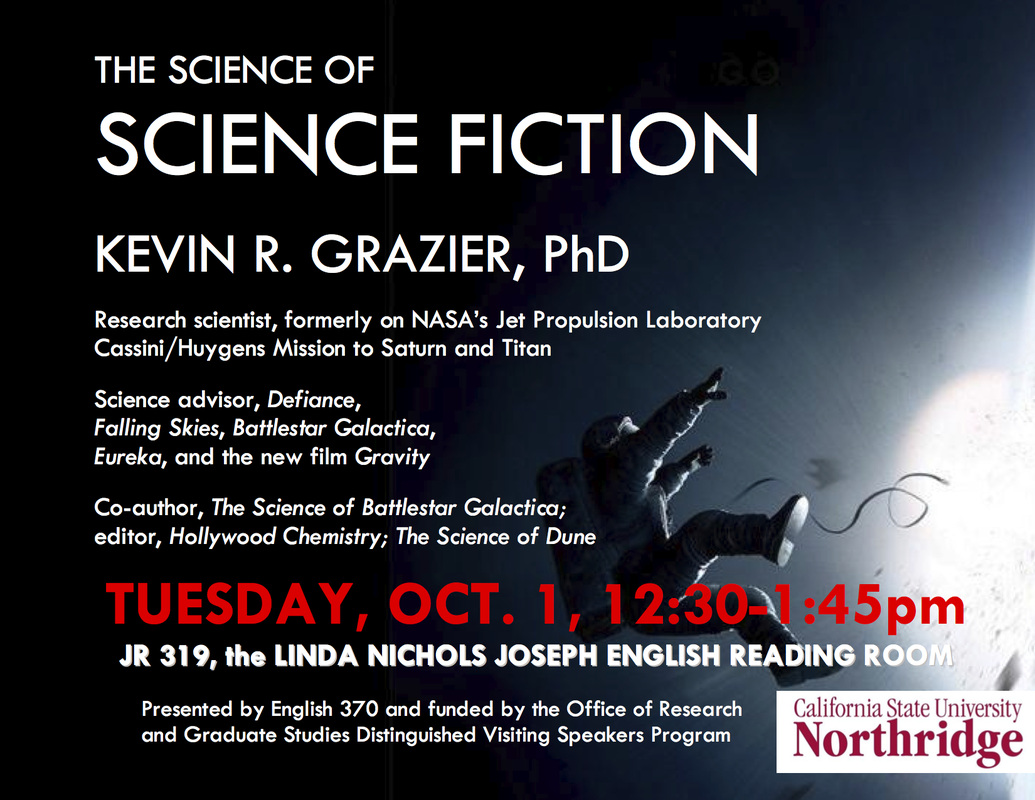Rereading Frank Herbert's original Dune (1965) for 370, I am, once again, deeply impressed by the breadth and depth, the sheer scope, of Herbert's imagining, the detail and texture of the world he created, the sharpness (and bitterness) of the story's political and psychological insights, the adroitness of its maneuvering, the intense air of foreboding that the text sustains throughout, and, well, the flat-out eccentricity of the work--an eccentricity perhaps sanded off or obscured by Dune's enormous success, thorough mainstreaming, and conversion into a seemingly never-ending, now posthumous, franchise.
Simply put, Dune is an odd, odd book, a mélange (heh) of different things stirred together by sheer stubborn ingenuity. It's got so much in it: a Machiavellian interest in the politics and spectacle of power; a peculiar grafting-on of political and cultural allusions (Persian, Sassanian, Arabic, Islamic?) by way of space opera, all of it perhaps viewed through an Orientalist lens; a proto-psychedelic emphasis on a universal, mind-transforming drug; its updating of the Van Vogt-style psychic superman, now turned into a drug-powered messiah; its focus, at once skeptical and fascinated, on religion; its use of religion and power politics to talk about gender (note the novel's insistence on dividing the world into male and female spheres of influence).
During our first discussion of the book this past Thursday, Sept. 26th, we in 370 talked about most of these issues, by way of a simple ice-breaking question: How would you describe the tone of this book? Along the way we discussed Herbert's textual devices, for example his use of epigraphs from imagined texts to create foreshadowing and dramatic irony; his habit of shifting focalization (point of view), moving quickly from the interior of one character's thoughts to another, and how this shifting enables Herbert to focus on the tension between inner and outer selves (essential to his understanding of the burdens of leadership); and his way of marking these shifts through, often, italicized bits of interior monologue. The book's restless, searching manner, its intense, almost overheated characterization, its sensitivity to politics as a constant play of appearances and a constant, anxious maneuvering—all of these things depend on Herbert's use of these seemingly simple textual devices. The result is a psychologized epic, full of tension and a prevailing sense of doom. Even the book's eccentric glitches in prose style, its reliance on oxymoronic prose, mixed metaphors, and synthaesthetic descriptions to convey mystical or psychic experience, its occasional lapses into obscurity, are essential to this atmosphere. Wow, what a book. What a crazy, fun, endlessly stimulating book.
To spark class discussion of Dune's outlook on politics and authority, I did something a bit strange: I showed my students the first two minutes of President Obama's address on Syria as telecast on Sept. 10th. I stressed that I did not intend a political endorsement, nor an attack, by using this example, but meant only to encourage awareness of the staging of leadership. An excellent discussion of what it means to act out political authority followed, quite relevant, I think, to the description of Dune's Duke Leto Atreides in particular. Just as important as the book's ecological outlook, IMO, is its understanding of how appearances create and support political power.
A few last notes:
- Our guest speaker next Tuesday, Dr. Kevin Grazier, is an expert on Dune, having edited the anthology The Science of Dune!
- The SF art blog Ski-Iffy has a cool post reproducing John Schoenherr's classic Dune illustrations.
- Speaking of Schoenherr, his son Ian Schoenherr, also an accomplished book artist, maintains a blog about his father's work, including this wonderful post about exactly when and how his father began to illustrate Dune in 1963. Sketchbook images included!




 RSS Feed
RSS Feed